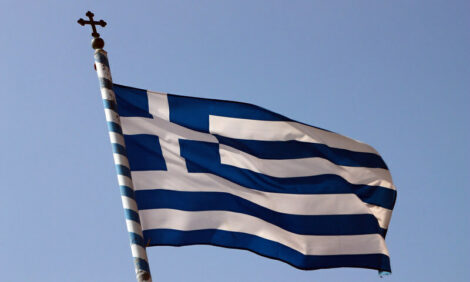



Trade Dispute on Hormones in Beef to come to an End
GLOBAL - The Council adopted a modification to regulation 617/2009 opening an autonomous tariff quota for imports of high-quality beef following a first reading agreement with the European Parliament (6/12). This text will finally bring to an end the long-lasting trade dispute between the EU, the US and Canada on the use of "hormones" in beef within the framework of the World Trade Organisation (WTO). By this regulation, the EU opens an
additional autonomous tariff rate quota for high-quality beef that is not treated with
hormones. At the same time, the US has eliminated the sanctions on EU products.
As a first step, an autonomous tariff quota was established in 2009 for imports of high
quality beef (20 000 t) and this regulation provides for two further increases of this
autonomous tariff quota: from 1 July to 21,500 and from 1 August 2012 to a total of
48 200 t. The customs duty of this tariff-rate quota will remain fixed at zero.
In 1998, a WTO report found that the EU ban on imports of meat and meat products from
cattle treated with certain hormones for growth promotion purposes was inconsistent with
the agreement on sanitary and phytosanitary measures (SPS Agreement). The US and
Canada obtained authorization from the WTO for the suspension of concessions to the EU
in the annual amounts of US$116.8 million and CDN$ 11.3 million, respectively.
Following the amendment in 2003 of directive 96/22 of 29 April 1996 prohibiting the use
of hormones in farming animals, the EU brought itself into compliance with the WTO
rulings and recommendations. However, the US and Canada considered that the EU was
still in breach of its WTO obligations and that therefore they could continue to apply
sanctions. In 2008, the Community challenged the continued imposition of sanctions in
new WTO cases but the ruling on this part of the dispute stayed unconclusive.
The EU and the US then explored the possibility of finding a solution in this dispute
without prejudice to their respective views on the WTO compatibility of the ban. A parallel
solution was also sought with Canada. In May 2009, it was found that a practical solution
by which the EU would open an additional autonomous tariff rate quota for high-quality
beef on a most-favoured-nation basis and the USA would reduce the amount of sanctions
would be an expedient way of improving trading relations and avoiding further escalation
of the dispute.
The relevant agreement (memorandum of understanding) between the US and the EU
was endorsed by the Council and signed in Geneva on 13 May 2009. It foresees a threephased arrangement which progressively reduces the level of sanctions imposed by the
USA on products from the EU, while the EU progressively increases the tariff-rate quota
for high-quality beef that is not treated with growth hormones.
The first-phase tariff-rate quota for high-quality beef of 20,000 tonnes was established by
regulation 617/2009. In a second phase, it is scheduled that the US will suspend all
remaining sanctions while this regulation expands this tariff rate quota by additional
25,000 tonnes.
On 17 March 2011, an additionnal memorandum of understanding was
signed between Canada and the EU about the suspension of all sanctions imposed by
Canada. It stipulates the further expansion of the EU autonomous tariff rate quota for highquality beef by 1,500 tonnes (first phase) and additional 1,700 tonnes (second phase). The
timing foreseen for the first and second phases for USA and Canada is the same.
According to the provisions of the regulation adopted today, the second phase will begin
on 1 August 2012.
Both Canada and the US have suspended all related sanctions on EU products in the
meantime
TheCattleSite News Desk


